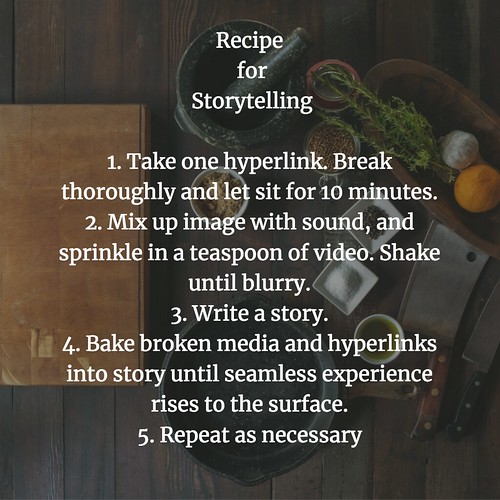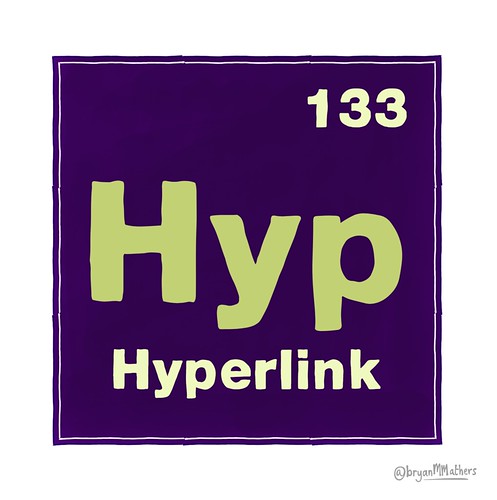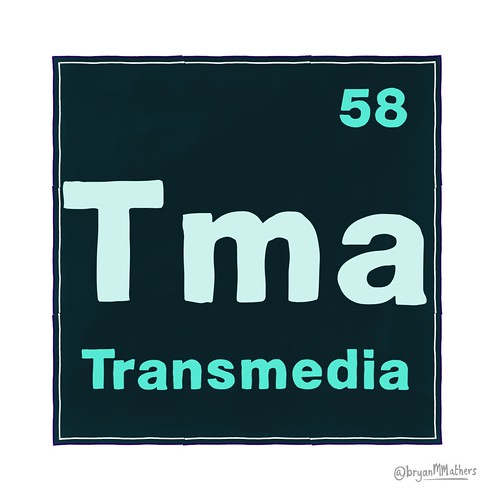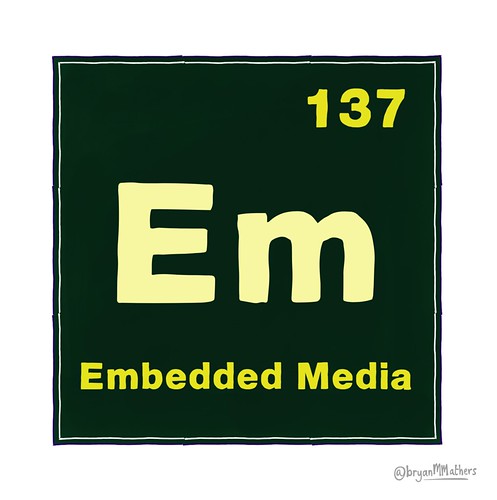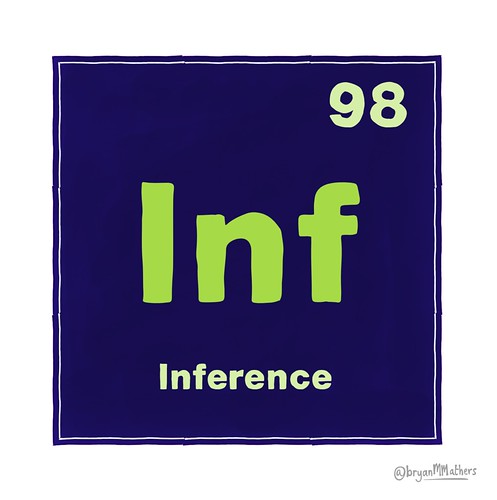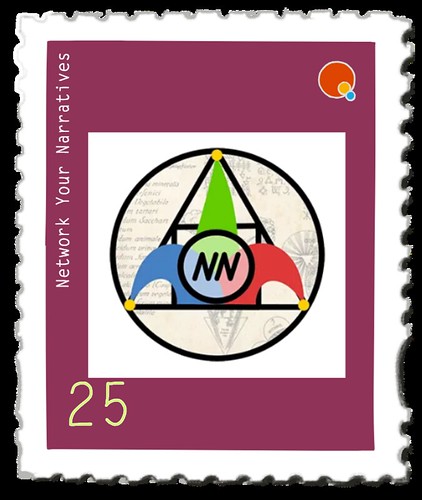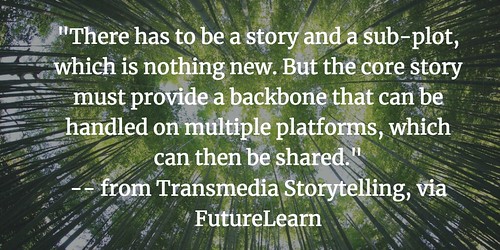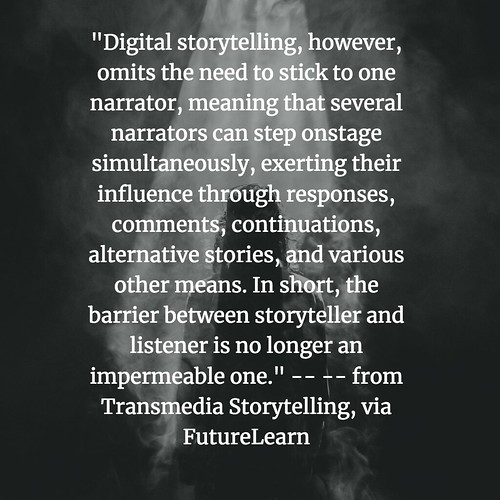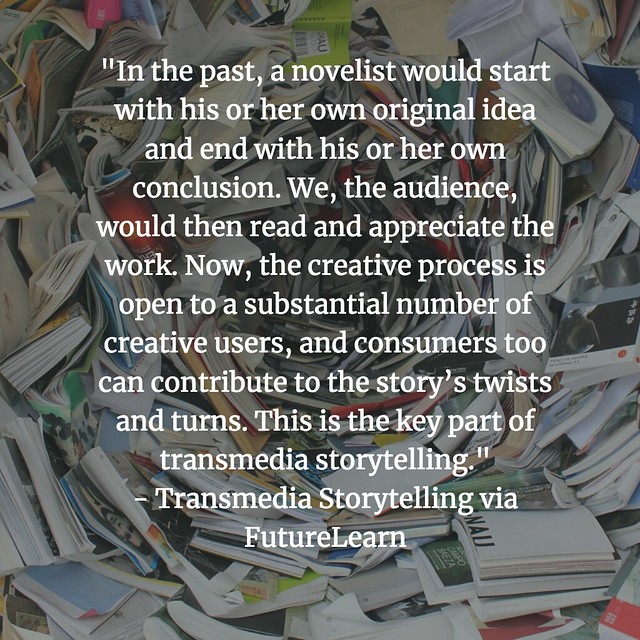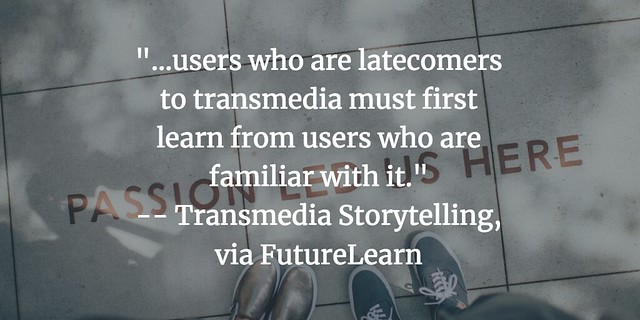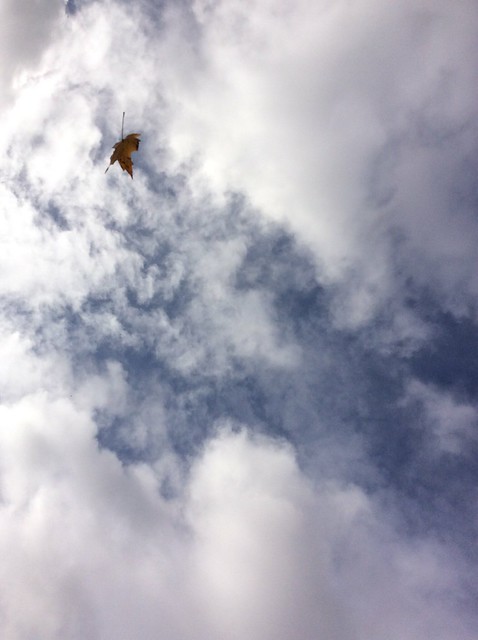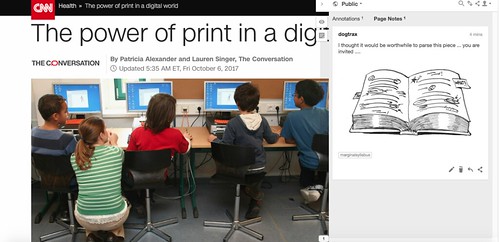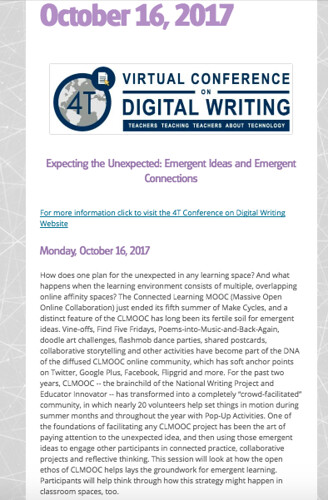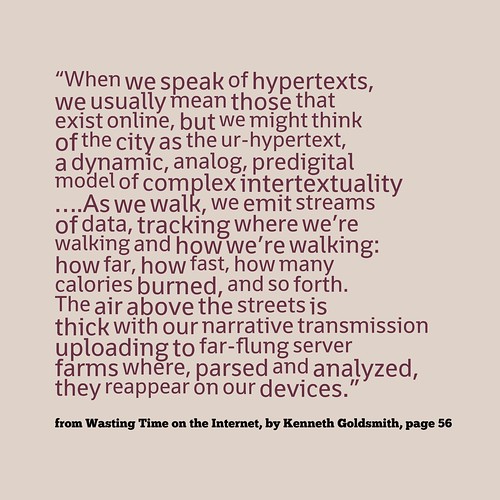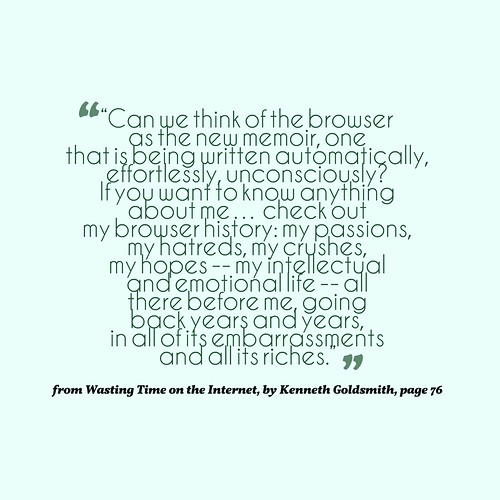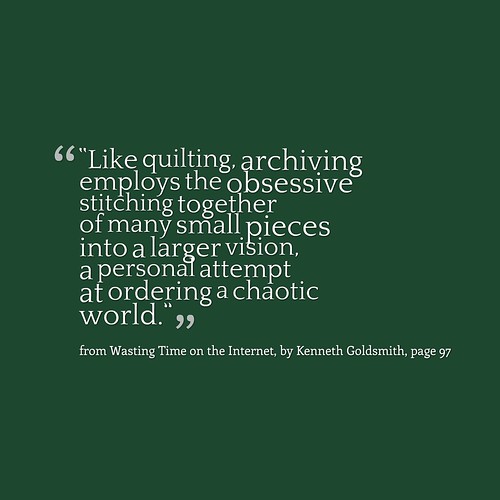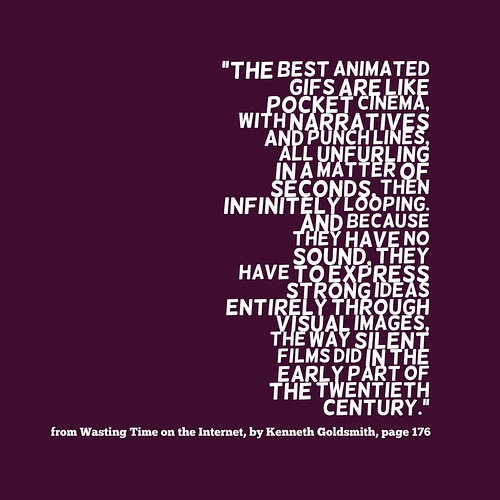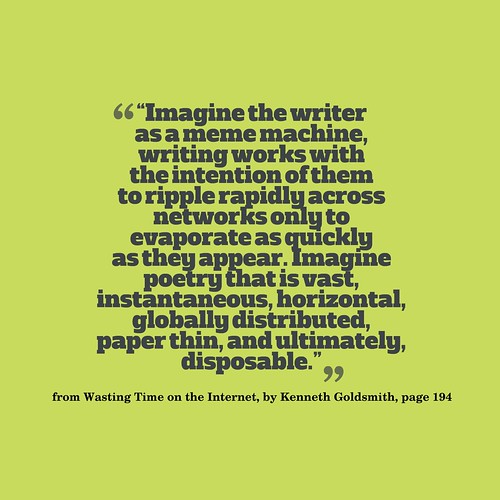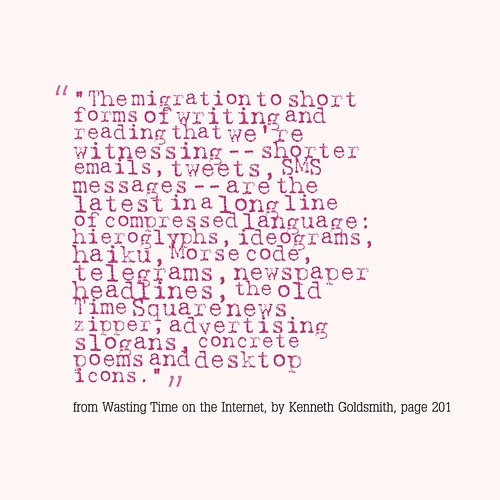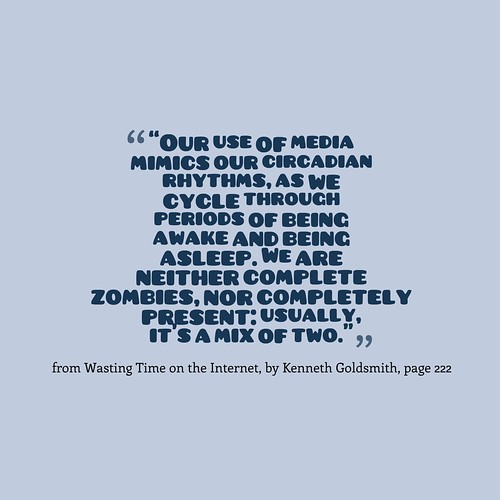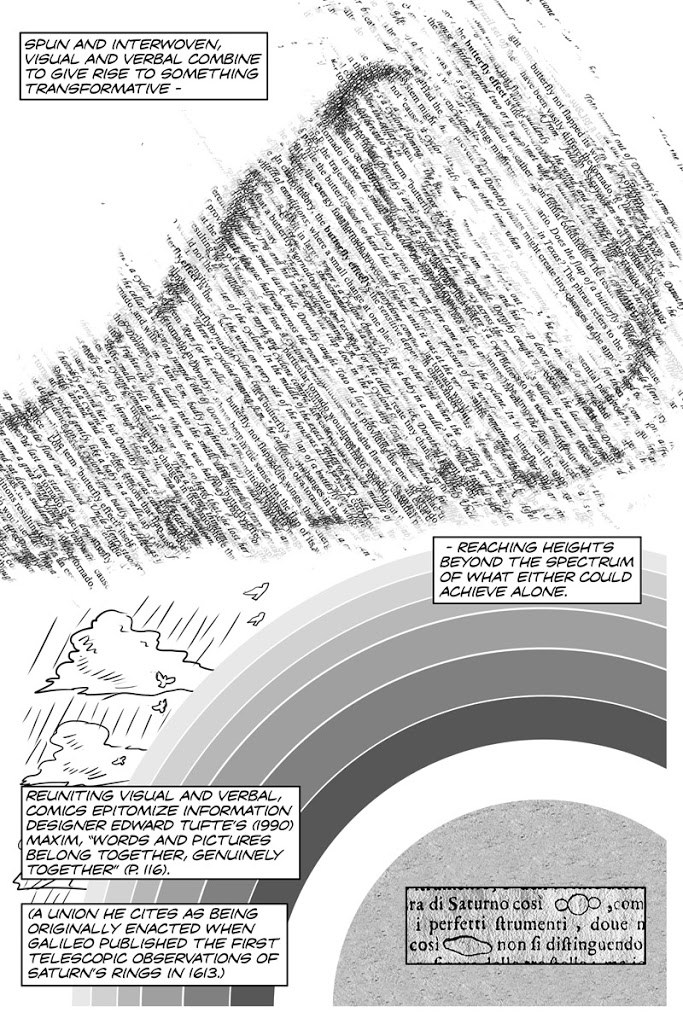The folks in Networked Narratives have held two “flash” events on Twitter, examining a piece of Digital Art and tweeting to a series of questions. Both of the Flash events happened when I was either working or sleeping (which is fine, since part of the NetNarr community is overseas).
I decided to keep exploring, anyway. So, this is a bit late. Consider it an echo.
The first piece of Digital Art examined is called Sky Magic Live at Mt. Fuji: Drone Ballet.
The artist group explains: “This was done so by utilizing more than 20 units of these flying machines, flight swarming formations, music, and 16,500 LED lights to combine into a single audio visual extravaganza.”
Sky Magic Live at Mt.Fuji : Drone Ballet Show from Sky Magic on Vimeo.
My reactions:
That was stunning in its coordination and synchronization. I almost felt like I had too many lights on in the house as I watched. What came to mind is how the drones and the LED lights was the art in movement and Mt. Fuji was the landscape backdrop to the art. You never lose sight of the mountain, even as the lights on the drones dance to create the ballet. You do lose sight of the drones, however, which is interesting. The technology disappears. The mountain is left in sight. The lights dance. I wondered about the ways they pulled this off, with the music (which I really loved) and the dance and the drone flight patterns. I’d love to see the blueprint for this ballet, and be the fly on the wall as they grappled with the technological challenges. Is this art? Yes, this is art.
The second piece is entitled Eunoia II.
The artist, Lisa Park, explains: “Throughout the performance of ‘Eunoia II’, the intensity of my feelings at the time are mirrored in the intensity of the sound in terms of volume, pitch, feedback, speed, and the panning of the sound output. The result was that the water responded in real-time creating different formations of ripples and droplets in unpredictable patterns.”
Eunoia II from Lisa Park on Vimeo.
My reactions:
Huh. First, I liked how we could see her setting up the art, the water. The views of the world, of humanity, at the start led me to expect something else, entirely. Maybe a piece of public art. But this art was very private, and I was having trouble making the leap from that public space, and her emotional response to the crowd and city, to the ripples on the water. It wasn’t clear to me what emotions she was tapping to make the water dance. The intention — of using emotions to create sound to create physical interpretations with nature — is intriguing. There was something very beautiful of the views of the water in motion, connected to her feelings, but I wanted more from this piece, although I would be hard-pressed to say exactly what I wanted.
I wonder and marvel at how artists see the media and technology around them and think, can this be used to create art? Is this art? Like our struggles with defining (or not) the term Digital Writing, this concept of Digital Art continues to be something we grapple with, play with, argue for and against, and celebrate when our hearts are touched by the experience.
Further investigation of Digital Art continues with the Net Art site, which has all sorts of intriguing possibilities.
Peace (it’s in art),
Kevin
